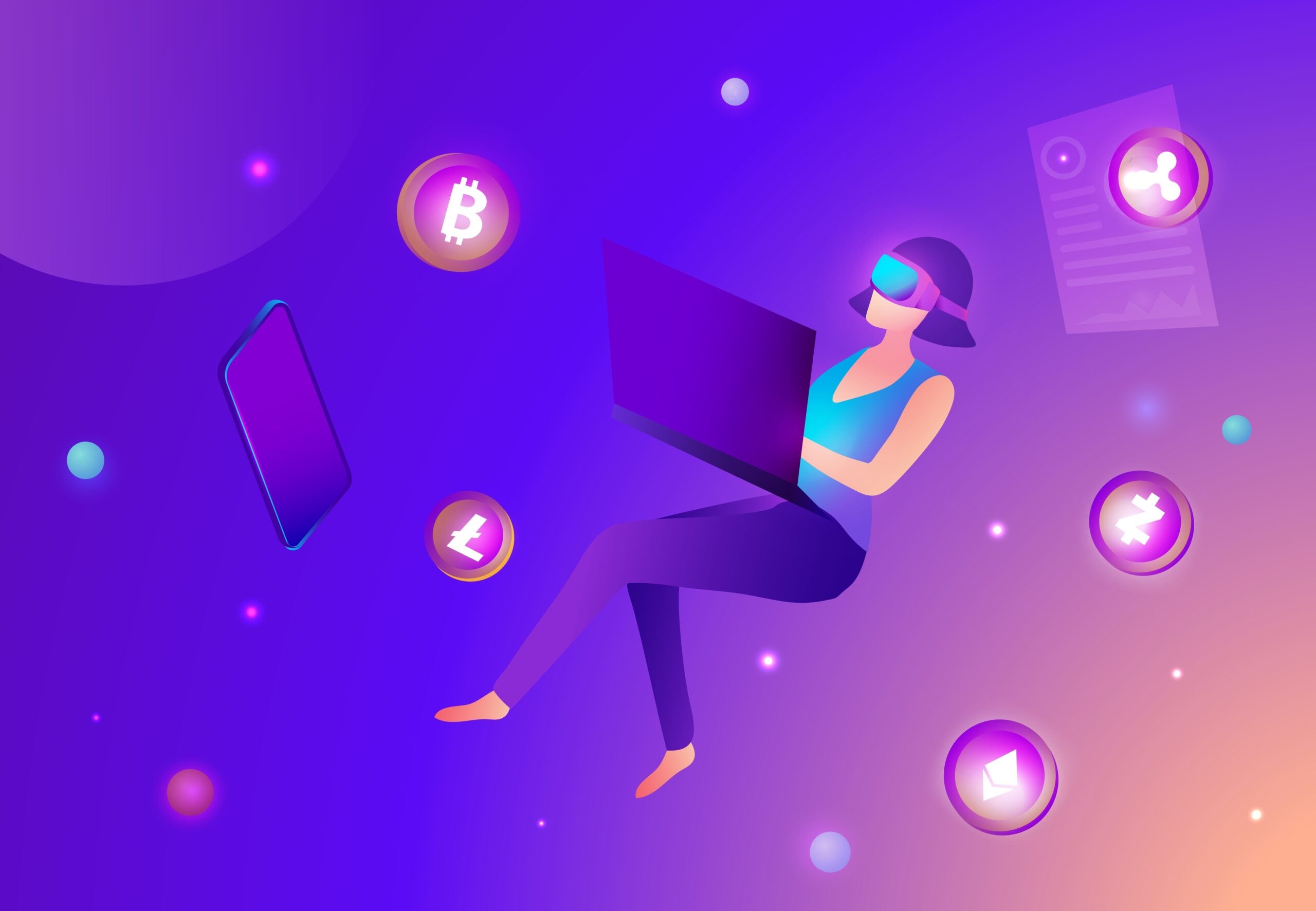Web3 is one of those buzzwords that electrify the tech community. Crypto bros are singing its praises across the Twitterverse, often whilst peddling their own supposedly essential solutions for it. However, that doesn’t explain what Web3 is. Don’t worry, though. We’ve got you covered.
Essentially, Web3 is the internet on blockchain. It has been advertised a solution to the solution for the status quo where a handful of companies control our online interactions. These companies – the Googles and Facebooks of the world – collect our data and sell our attention as a product to other companies for profit.
Current Web2, full of photos, videos and user-generated content, costs us almost nothing – except our time and attention, oh, and maybe our mental wellbeing. At least, that’s what Meta whistleblower Frances Haugen has repeatedly told any lawmaker willing to listen.
Some crypto bros think this needs to change. They evangelise that control must be redistributed and decentralised. That’s where Web3 comes in.
So what is Web3? At it’s core, Web3 is an ideology born out of the rejection of the idea that Big Tech must be the guardians of the web and our online interactions. Web3 fanatics will advocate for an internet infrastructure overhaul built upon blockchain to reduce our reliance on Web2 middlemen and hand control back to users. In utopian Web3, Big Tech will no longer be gatekeepers of the web and all user-generated data. It could be a fundamentally different kind of internet.
Is Web3 the same as cryptocurrencies or the metaverse?
By that description, it might be easy to conflate Web3 with cryptocurrencies or the metaverse. So are they the same? No, but they all overlap.

US Tariffs are shifting - will you react or anticipate?
Don’t let policy changes catch you off guard. Stay proactive with real-time data and expert analysis.
By GlobalDataSo what are cryptocurrencies? The phrase is a shorthand that usually refers to different digital assets leveraging blockchain technology. Bitcoin is the most known cryptocurrency out there. By their nature, they are decentralised, meaning that they are not controlled by a central bank.
Web3 is similar to cryptocurrencies in that it is also decentralised. However, instead of just covering decentralised digital assets, Web3 describes a decentralised internet. Both use blockchain technologies.
In contrast, the metaverse is a virtual world where users come together in real-time simulated scenarios and share experiences. Some of the metaverse may involve blockchain and Web3 elements. There’s also Web5, which will be built on bitcoin, but we’ll leave that for now.
What does Web3 look like?
It’s tricky to say exactly what Web3 will look like. It’s being built rapidly, and lots of the companies that are around now likely won’t be in 10 years.
In the wake of the ongoing crypto crash there will be a widespread industry shakeout, similar to that of the dot com boom. Companies with solid use cases and well-thought-out project plans will likely fare best, but there are no guarantees.
Web1 was originally known as the information superhighway and supposedly heralded the democratisation of information. A laissez-faire attitude to sharing content defined this period where every user was equal, no matter if they were a personal blogger, a news outlet or a conspiracy nut.
Web2 is the second stage of the evolution of the internet came with the advent of image sharing and user interaction. Few early internet builders thought that users would be able to access endless video streaming on mobile devices anywhere, anytime.
This is the period of Big Tech companies swooping in to dominate the user experience. Social media platforms like Facebook and search engines like Google became the face of the internet. User experiences were funnelled through their services.
While these platforms were free, they tracked each web surfer’s journey through the internet. By doing so, they could sell heavily targeted ads. The downside was that they also had a massive influence on how people experienced the internet. If you think about how Google search results influence what you see online, then you get the idea.
Criticism of the highly centralised nature of Web2 has grown over the years. Web3 is, in this way, a backlash of sorts against Web2.
So what is Web3? It is challenging to say exactly what Web3 will look like in 2030. The only thing for sure is that it will likely look vastly different from its current form.
Bets are that it will probably include cryptocurrency payments and DeFi, a myriad of uses of non-fungible tokens – or NFTs – and various decentralised apps, aka dApps, for just about everything imaginable.
Some of these Web3 features have already spilled into the Web2 world and we will likely remain in this Web2.5 limbo for some years.
Who is building Web3?
As the Web3 philosophy was created from the want for decentralisation and reducing reliance upon Web2 middlemen, it is largely being built by those who have this attitude, many of which are part of decentralised autonomous organisation (DAO).
A host of startups have popped up and lots of Web3 is running on the Ethereum blockchain. This generation of new ventures includes the likes of Binance, Opensea, BlockFi, Coinbase and 1,000s of others.
Many are funded by venture capital firms, most notably Andreessen Horowitz, a fact that has not escaped the attention of Elon Musk and Jack Dorsey.
Even Google has a Web3 division, though primarily to help developers build future iterations of the internet. This, of course, isn’t true decentralisation, but rather shifting around the focus of centralisation.








